When you’re a business owner, all of a sudden income tax gets messy.
Taxes are pretty straight forward when you’re an employee:
- You are paid a salary or an hourly rate.
- Tax gets calculated based on how much you’d earn assuming that you keep getting paid the same amount each week or month.
- Your employer pays the taxes to IRD and what’s left over is yours to spend
Income tax for business owners is not so simple – it’s difficult to calculate how much tax you should pay during the year because it’s so much more difficult to predict how much your business (and by default you) will actually earn for the full financial year.
How income tax and provisional tax works is one of the most common questions we get, so we’ve put together this guide to help you understand how provisional tax works.
How business owners pay tax
At it’s simplest, business owners pay income tax:
- in a lump sum roughly 12 months after the end of the financial year OR
- in instalments during the financial year
You don't get to decide which option to use – once your tax bill is over $5k for the last year then you must pay your tax for the following financial year in instalments. This is known as provisional tax.
Provisional tax vs Terminal Tax vs Income Tax – what’s the difference?
Income Tax has many names which are used to describe how the tax is paid. For example PAYE is the name for income tax deducted from your wages.
Provisional tax is simply the name for income tax paid in instalments. It is not a separate tax.
Terminal tax is the name for income tax paid on the 7th April – that’s when you pay your lump sum if your tax bill is under $5,000 or the balance of your tax bill if you’ve underpaid your provisional tax.
The tax year runs from 1 April to 31 March. For most businesses the tax year is also the same as their financial year.
How much provisional tax do I have to pay?
Inland Revenue’s default position is to simply add 5% onto last year's bill to work out the total provisional tax you need to pay. This is called the standard uplift method and is based on the assumption that businesses generally have fairly steady growth of around 5%.
There are 3 other ways of calculating provisional tax, but we’ll leave that for another day and focus on the standard method as it’s the most common.
What happens if I don’t pay enough provisional tax during the year?
The standard uplift method almost always ends up with you either underpaying or overpaying provisional tax.
If your final tax bill is more than your provisional payments then you are left with a final or “Terminal” tax payment. If you’ve paid too much provisional tax, then you’ll get a refund once your tax return has been filed.
When do I have to pay my Provisional Tax?
Your provisional tax is paid in instalments. The due dates depend on when your balance date is, and how often you pay GST.
The terminal tax dates depend on whether you do your own taxes or whether you have an accountant do them for you.
For most people, the key dates for paying tax relating to your 2023 tax year will be:
- 28th August 2022 – first provisional tax instalment of your 2023 Income Tax
- 15th January 2023 -second provisional tax instalment of your 2023 Income Tax
- 7th May 2023 – third provisional tax instalment of your 2023 Income Tax
- 7th April 2024 – balance of your 2023 Income Tax due
Do I have to pay tax in my first year of business?
Everyone has to pay tax on the income they earn. So yes, you do have to pay tax on the money you earn in your first year of business.
But Inland Revenue don’t expect you to pay that tax payments until after you’ve finished your first tax year in business and filed your first tax return.
So if your first financial year end is 31 March 2023, your income tax won’t be due until 7th April 2024 if you are using an accountant or 7th Feb 2024 if are doing your own taxes.
Let’s tie it all together with a scenario
Sarah owns a specialist cake business, The Cakery Ltd.
Her first year of business was 2021:
- Sarah made a small profit, and the tax on this was $4,000
- Sarah’s total tax to pay was under $5,000, so she doesn't need to pay any provisional tax for the 2022 tax year.
- She paid her 2021 tax to IRD on 7th April 2022
Her second year of business was 2022:
- Sarah had a great second year in business and her profits were up significantly compared to 2021.
- The tax on her profits for the year ending 31 March 2022 is $10,000
- As Sarah wasn't required to pay provisional tax, her total 2022 tax will be due for payment on the 7th April 2023.
- However, because Sarah’s tax bill for the 2022 year is over $5,000, she also needs to pay provisional tax for the 2023 year.
- The standard uplift method adds 5% on to the 2022 tax bill, which means she has a total of $10,500 provisional tax to pay.
- Sarah will need to make the following provisional payments:
- $3,500 on August 28th 2022
- $3,500 on January 15th 2023
- $3,500 on May 7th 2023
- And don’t forget, she also has to pay her 2022 tax bill:
- $10,000 on April 7th 2023
Let’s assume that the 2023 tax year is over:
- Sarah has had another great year in business
- The tax on her profits for the year ending 31 March 2023 is $12,500
- Sarah has already paid $10,500 of provisional tax over the past year
- This leaves her with a balance to pay of $2,000
- The balance (also called Terminal tax) due on the 7th April 2024.
- And of course, Sarah still needs to keep paying provisional tax because her total tax bill is over $5,000.
- Sarah’s provisional tax for the 2024 tax year is $12,500 + 5% = $13,125
Why do the amounts keep changing?
In theory your provisional tax should be split into 3 even instalments. But if you file your tax return after the first provisional tax date, Inland Revenue will recalculate the amount to pay based on your last tax return.
- 1/3 must be paid by August 28th
- 2/3 must be paid by January 15th
- The full amount must be paid by May 7th
Using Sarah as an example, Inland Revenue won’t expect her to pay provisional tax until her 2022 tax return is filed because her 2021 tax bill was under $5,000.
Once she files her tax return, this lets IRD know that she now has to pay provisional tax.
If her 2022 tax return is filed before August 28th, then Inland Revenue will expect her to make three equal payments of $3,500 each.
But if her tax return is filed in September then Inland Revenue will expect her to pay 2/3 of her provisional tax by January 15th, and the full amount by May 7th 2023. So her payments would look like:
- $0 on August 28th 2022
- $7,000 on January 15th 2023 (2/3 of $10,500)
- $3,500 on May 7th 2023 (total of $10,500 now paid)
Help, I’ve got a massive tax bill for last year and I have to pay provisional tax. What do I do?
The first year you have to pay provisional tax is painful. Within the space of less than 12 months you will have to fork out 2 years worth of tax payments.
If you haven’t been putting money aside for taxes it can come as a huge shock.
It’s the number one reasons why we let our clients know roughly what % of their income they need to set aside for taxes every time they receive payment from their customers.
However there are several options which we can use to help spread out those payments, get you back on track and feeling in control of your taxes. Please get in touch and we’ll have a chat about what those options are.





